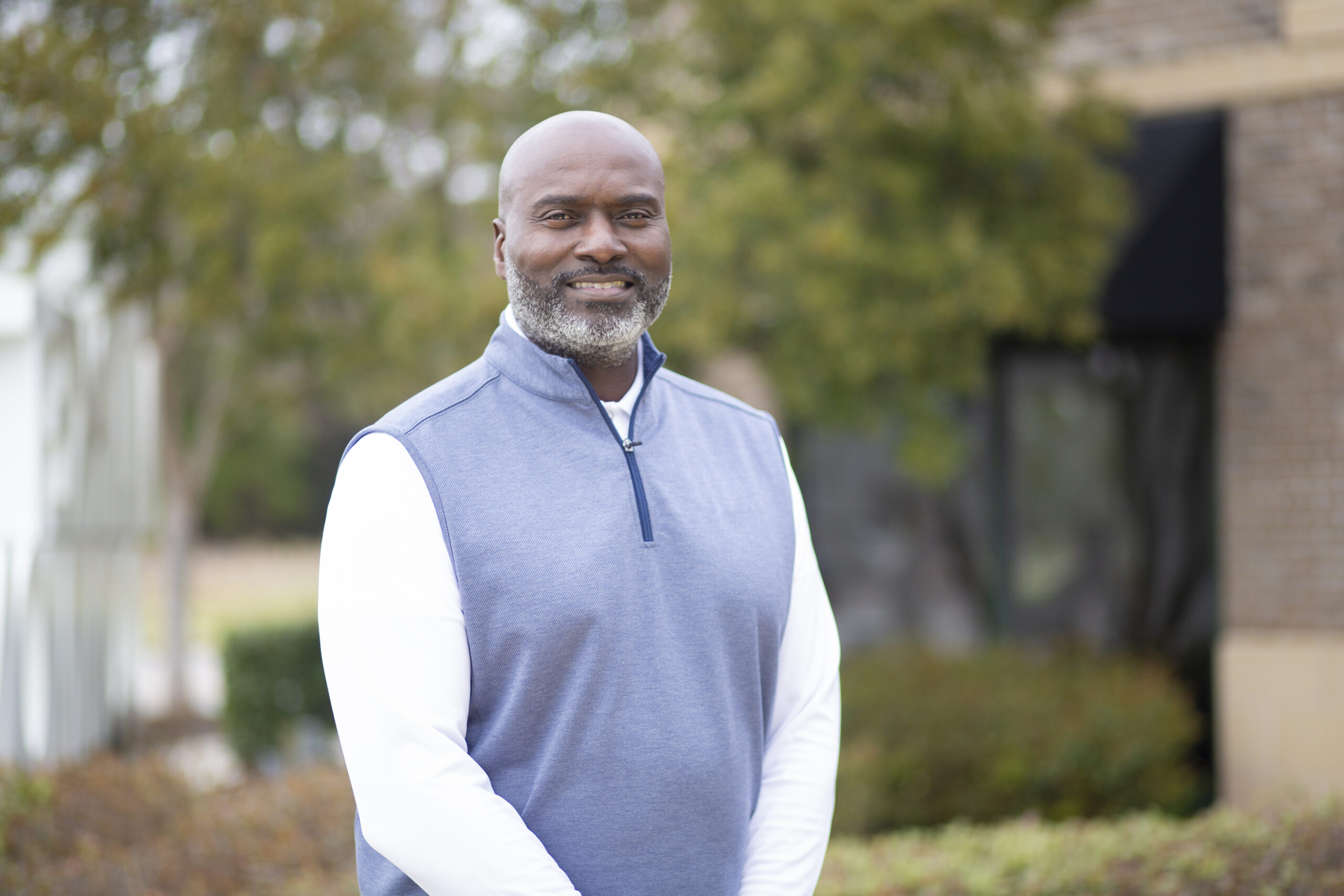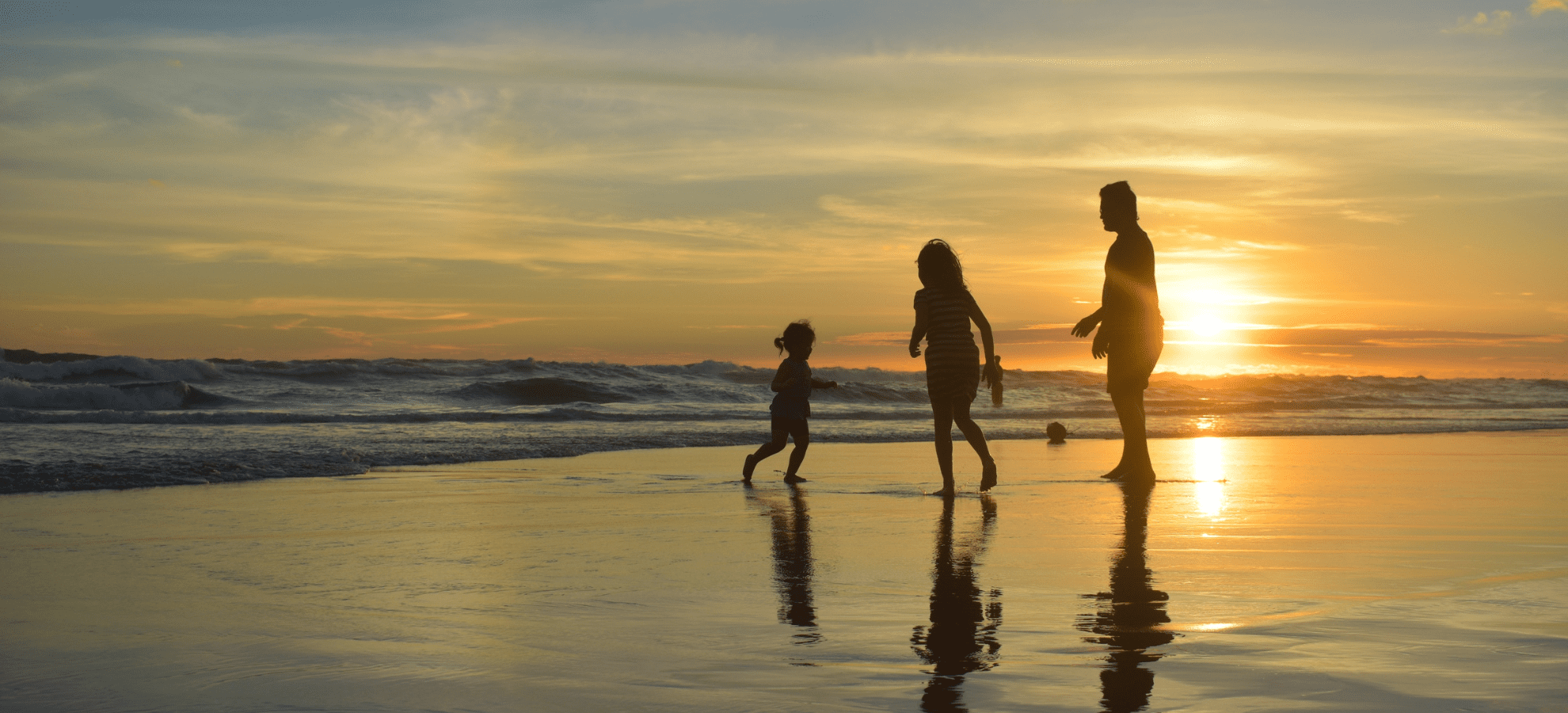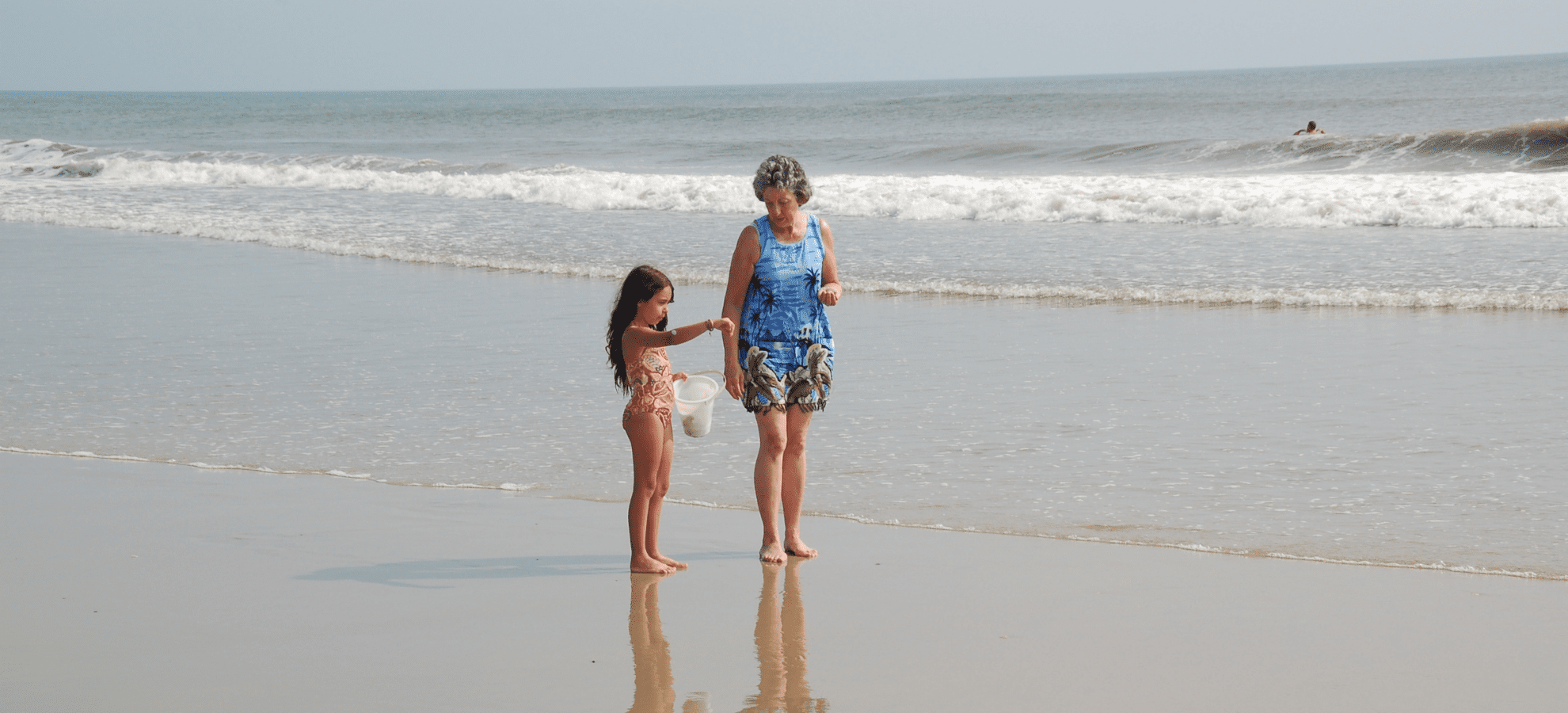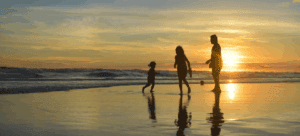U.S. Army Veteran With the 11th Cavalry
Celebrate Our Veteran gives voice to the stories of the U.S. military veterans living amongst us. The actions of these brave and dedicated people, who have served our country both in active military duty as well as administrative positions, have and continue to contribute to the protection and preservation of us and our country.
We hope that this section of our paper is an opportunity for our community to hear and see veterans with new eyes, and for veterans to receive recognition and honor for their experiences and life journeys.
This month’s Celebrate Our Veteran recounts the story of Larry Williams as told in his own words. To be continued in next month’s Celebrate Our Veteran column. Click here to read Part 2.
by Melissa LaScaleia
“I’m originally from Charlotte, NC, born and raised. When I was in the 10th grade, a cousin who was in the military and serving in Germany came home to visit.
Speaking with him about his experiences inspired me to consider a career in the military. I joined JROTC, and took military training and classes in high school. Also, most of my friends were older than me, and by the time I was in 11th and 12th grade, they were in college. Many of them had struggled with that transition. So I opted to not do that, and went straight into the military when I graduated, in 1986.
I joined the U.S. Army with the intention of being a helicopter mechanic. I did basic training in New Jersey, at Fort Dix. Then completed advanced training as a mechanic at Fort Eustis, Virginia.
My first duty assignment was at the Army Aviation Museum in Fort Rucker, Alabama. While I was there, I caught the eye of a colonel who recruited me to come work at a testing facility for aviation equipment at Cairns Army Airfield. The nature of the work was experimental, testing products to see if it was something we could roll out to the rest of the military. It was highly classified.
I did that until I was accepted into flight school. In 1989, I entered flight training to become a warrant officer and helicopter pilot. Then I was immediately sent to Germany.
My first duty assignment was in Fulda, Germany. Six months after arriving, I was shipped off to Iraq to serve in the first Gulf War. I was part of Operation Provide Comfort in northern Iraq, near the border of Turkey.
During this time, Saddam Hussein had run the Kurdish people off of their land, and they had fled as refugees to the northern part of Iraq. There was hostility between the Turks, the refugees, and the Iraqis. We were there to help support the Kurdish people on a peace-keeping mission between those three groups. It was an important mission, and I really enjoyed it.
I was flying Black Hawk helicopters the entire time I was there. I was a lot younger then, so it was a lot of fun and really exciting. We flew from Germany to Turkey, and were based out of Turkey, flying in and out of northern Iraq. It was dangerous because it was hard to tell who was friendly and who wasn’t. But we were a lot safer there than those who were in southern Iraq near Baghdad.
It’s a beautiful part of the world, and one of the most underrated. There were days I would fly across the Tigris and the Euphrates rivers in one day. I had goose bumps half the time; the rest I was just sweating it was so hot. You couldn’t get your head around how beautiful it was. I managed to get in and out without ever being taken hostage. It was a lot of fun.
After six months, I went back to Germany and served the rest of my three year deployment there, until 1993. In Germany I was part of the 11th Armored Calvary Division. We had an air squadron there that has pretty much moved out now. But back then, our original mission was to guard the Fulda Gap.
Essentially if the East Germans and Russians were ever to try to invade Western Europe, the most likely place for them to try to do so would be at the Fulda Gap. From a strategic standpoint, that base played a significant role in protecting freedom’s frontier because of how easy it would be to drive tanks through. The Berlin Wall came down in 1989, uniting East and West Germany. But that had been our mission for years, and still was at that time— to provide security in that area in the event things fell apart.
At that time, to say that you were with the 11th Cavalry granted you a bit of bragging rights. Amongst most pilots in Germany, you had instant credibility if you had the patch of the 11th Cavalry on your arm. In my Air Squadron, all the pilots had to learn how to Fly the Trace— which meant, flying the border between East and West Germany.
When Flying the Trace, you couldn’t cross the border, but you had to monitor it. There would be times you’d be Flying the Trace, and East Soviets would also be flying the trace on their side. They couldn’t cross over their line and we couldn’t cross over ours. Flying a Black Hawk is a mandatory two-person job. One would fly, the other would monitor and make sure we wouldn’t cross the border and get shot down. By the time I was there, the area was still a no-fly zone, and was one of the most sensitive areas in the world. When flying the Trace, if you cross the border by accident, it’s an international issue.
When I was there, they were still working through the peace treaties. But we were trained to treat it as if it was still there, so that in the event that anything fell apart, we would be ready.
Also while we were there, we were training, getting ready for any future deployments. We did field training exercises and mock war drills as well as joint readiness exercises, where we would train with other members and branches of the military. You were either getting ready for one of those, in one of them, or debriefing from them, every year or so.
After Germany, I went to Fort Bragg, North Carolina, where I was stationed for three years. I was part of the Second Armored Cavalry regiment. We continued with military training and a lot of joint readiness exercises. In August of 1994, I deployed to Haiti.
In 1994, the Haitian military overthrew the government, and we went down there to restore order and to help with military intelligence. Our mission was to try to get the rebels and government to talk, and pretty much keep the country from falling under radical rule. I was down there for two months flying Black Hawks, and flew from Fort Bragg to Haiti.
I was involved in a military intelligence mission. We were trying to get rebels and militia to sell their guns and stop fighting. In that country, as in many, the people would give up their weapons in exchange for very little American money. We had loudspeakers on the helicopters, and as we were flying over the country, we dropped leaflets and broadcasted a message with loudspeakers for people to drop their guns for money and give us a chance to help restore peace.
It was a lot of fun. I never got hurt during my time in the military beyond a few dings here and there.”
To be continued…
























